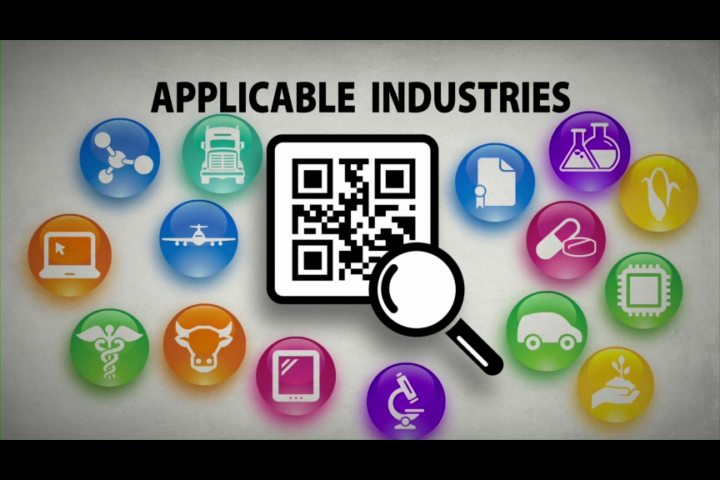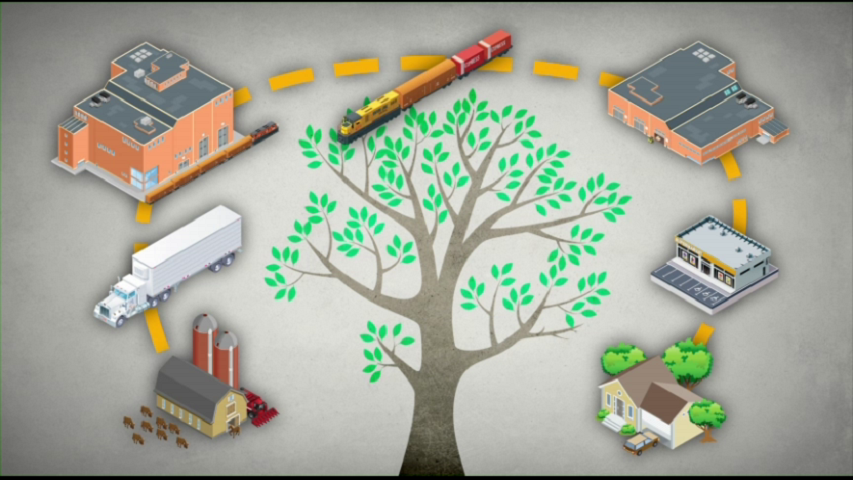Situation:
When providing high volume products, there are situations where excursionary materials are identified, requiring rapid, accurate return of product from any of the many points possible in international distribution channels. Not only can the need for return from product constitute significant, quantifiable financial burden, unquantifiable impacts to brand image and/or customer satisfaction can be a major problem. In this particular instance, top-most management requested and received financial estimates of both quantifiable and unquantifiable costs incurred as a result of some of their largest product issues requiring the return of products from the supply chain. Because the manufacturer had traditionally only tracked their product at the batch or lot level, depended upon the exact location of product in the supply chain. It was estimated that an ability to identify, quarantine and remove specific items from the supply chain inventory would reduce the size of the quarantine by anywhere from 50% to 95%.
Target:
The target for this project was to provide a means of identifying the location of any/all units in the manufacturer’s supply chain from the last assembly site to the point at which the goods transferred to another entity’s ownership. Additionally, the system designed for this effort, could not negatively impact supply chain costs or throughput time.
Plan:
Upon investigation, it was found that the proportion of products in various product lines sold in bulk was anywhere from approximately 60-100%, a single tracking solution would only be effective on a majority of products. And a minimum of two solutions would be required if all new, outgoing product were to be addressed. Furthermore, a small percentage of items could still not be tracked because of extraneous processes in the supply chain. Negotiations with management yielded an agreement to put in place a system that would provide tracking of 95% of that majority of products. The final solution would automatically identify and store information on each item shipped with a data set including such things as product type, date shipped, receiver, etc.
Result:
Implementation of an extension of a manufacturing item level tracking system already in place produced the required results with 95%+ of the products sold in bulk, traceable up to the point of product ownership change. Furthermore, “hooks” were put in place to allow seamless expansion of the system to accommodate several of the extraneous handling processes, should management deem such an expansion desirable. To date, since the implementation of the system NO product issues have required en masse handling of returns. Finally, it has been found that, depending upon where specific items are found in the supply chain, the reduction in quantities requiring return handling have met the estimates provided following the initial fact-finding activities
![[ IMG: Trego Integrated Systems ]](/image/trego.png)





